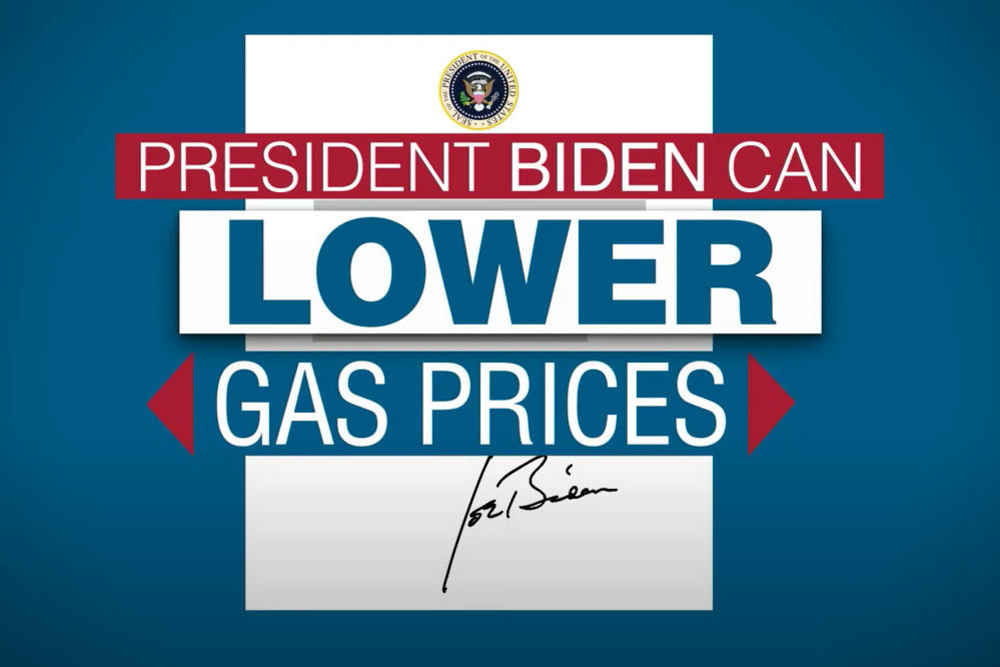During this week's EPA field hearing in Michigan on the 2019 RVO proposal, RFA’s communications staff tweeted out a recycled claim from an old RFA paper with the bold if shaky assertion that “Small Refiner Exemptions Have Already Cost U.S. Corn Growers, Ethanol Producers, and Ethanol Blenders More than $5 Billion in Economic Losses.” (click here for the paper)
The RFA paper is probably most notable for the complete absence of independent sources that it cites in backing up the claims of economic damage it attributes to the exemptions.
The second most notable part may be RFA’s own admission that there is really no way to know whether the claims they are making have any factual basis at all: “While estimating the economic impacts of the small refiner waivers is extremely difficult AND involves a number of complex factors AND indirect effects, the minimum impact of the exemptions can be roughly approximated simply by examining the market value of the exempted volumes and RINs.” (Pg. 2, second to last paragraph)
Be that as it may, it’s worth taking an in-depth look at the variety of dubious assertions underlying RFA’s headline-seeking claim of $5 billion in losses. (After all, someone ought to!)
The Data Continues to Show that Small Refiner Waivers and Falling RINs do NOT Adversely Impact Corn Growers or Ethanol Producers
So here goes nothing (literally)….
- No Demand Destruction: The RFA impact assessment is once again premised on the false statement that falling RINs and small refiner waivers have resulted in “demand destruction.” EIA data proves blending is higher year-on-year and ethanol industry CEOs say they see no reason to change demand outlook: http://www.fuelingusjobs.com/library/public/Rebuttal-to-Ethanol-Demand-Destruction.pdf
- The Math Doesn’t Seem to Add Up: If a falling RIN resulted in higher ethanol discounts, the lines would FOLLOW each other, rather than MIRROR each other, as they appear to do. In other words, when RIN prices dip on various points along the graph, the ethanol discount seems to DECREASE, rather than INCREASE as RFA claims.
- Cheaper Ethanol is More Economic and Should Drive (and likely is Advancing) More Blending: On the one hand, RFA complains about ethanol being even cheaper than gasoline than it was when RINs were high. If that is the case, it just makes ethanol more economic, which will drive demand for more of the product, increasing volumes consumed and eventually the price as the biofuel industry has always claimed the RFS was intended to do. The data already shows blending is up. Is RFA interested in more ethanol at higher prices, or just higher profit margins on government credits, without advancing ethanol demand?
- The Entire Premise of the Piece is Based on “Footnote iii,” which contains nothing more than RFA’s own disproven assumptions, on which RFA has also contradicted itself: Footnote iii states: “When RIN stocks are ample and RIN prices are low, many refiners will opt to comply with the RFS by purchasing RINs rather than expanding ethanol blending. That takes pressure off the blending market and reduces domestic ethanol demand, which has already been reflected in recent lower blend rates. Meanwhile, selling RINs is less lucrative for non-obligated blenders, so blenders at the margin may also reduce discretionary blending. Finally, lower RIN prices mean the retail discount for blends like E15 and E85 could narrow, potentially decreasing consumer demand and reducing retail station throughput of higher blends.” These statements are all erroneous or contradictory:
- Small refiners do not control their own blending and their customers often won’t buy blended fuel from them, so “expanding ethanol blending” is not a compliance option. Non-merchant integrated refiners are already RIN long, so they have no incentive to expand blending.
- See point #1 in relation to the “demand destruction fallacy”
- RFA has always claimed that 1) refiners recover RIN costs by selling their product for higher prices to marketers and 2) RINs do not impact gasoline prices, because the cost is passed through. Putting aside the fact that these two points contradict themselves, if RINs are used to recover costs and do not impact gasoline prices, then how can selling them be “lucrative”? If RFA’s statements are true, the RINs just offset higher costs. RFA has always claimed blenders do NOT profit from RINs.
- Where E15 sales are reported, they are surging: In fact Minnesota, home to 20 percent of all E15 stations, just reported E15 sales are surging:
- “E15 sales in Minnesota in the first four months of 2018 totaled 23.24 million gallons - a new record - according to data from the Minnesota Department of Commerce. At 23.24 million gallons, E15 sales in Minnesota this year has already exceeded the volume sold for the whole of 2017 of 19.05 million gallons (which itself was a record at the time) by 21 percent.” (https://mnbiofuels.org/media-mba/blog/item/2284-e15-sales-in-mn-hit-record-23-million-gallons)
- Ethanol Profitably has Declined Since 2014 Due to Over Production: A favorite economist of the biofuel industry, Scott Irwin, recently highlighted how overproduction of ethanol has been the driver of lower ethanol margins, which slipped through 2016 and 2017 when RINs averaged between 75 and 85 cents, significantly higher than today’s levels. (http://farmdocdaily.illinois.edu/2018/03/profitability-of-ethanol-production-in-2017.html)
A few highlights:
- In discussing trends that could explain diminished profitability from 2007 to 2017, Irwin notes significant increases in demand and concludes, “These trends indicate that the downturn in profitability cannot be traced to a downturn in usage.”
- “The picture that emerges from our review of Figures 4 and 5 is one of surging ethanol production simply overwhelming rising domestic and export use. This is seen directly in Figure 6, which plots monthly ethanol stocks in the U.S. over January 2007 through December 2017. The upward trend in stocks since 2014 is obvious, with peaks of almost a billion gallons at times. The rising stocks provide clear quantitative evidence that production has risen even faster than use since 2014 and this is the source of the downward pressure on ethanol prices and production profitability. It is interesting to note that the trend of rising stocks has continued into 2018, with the latest weekly report from the EIA indicating ethanol stocks of 1.02 billion gallons.”
- No mention of RINs whatsoever.



